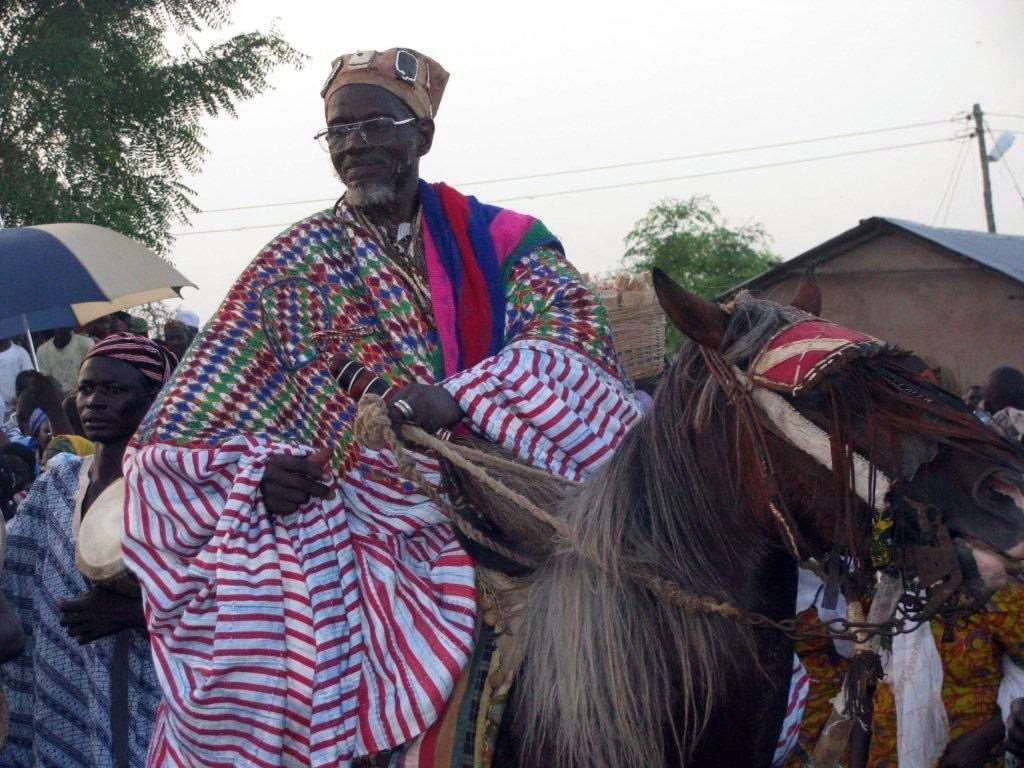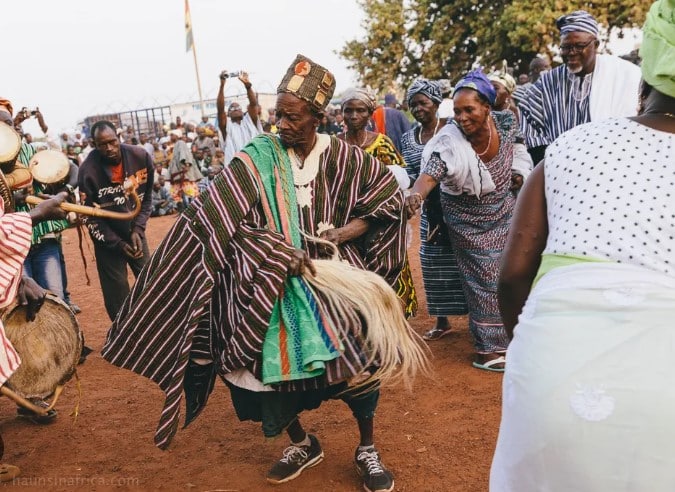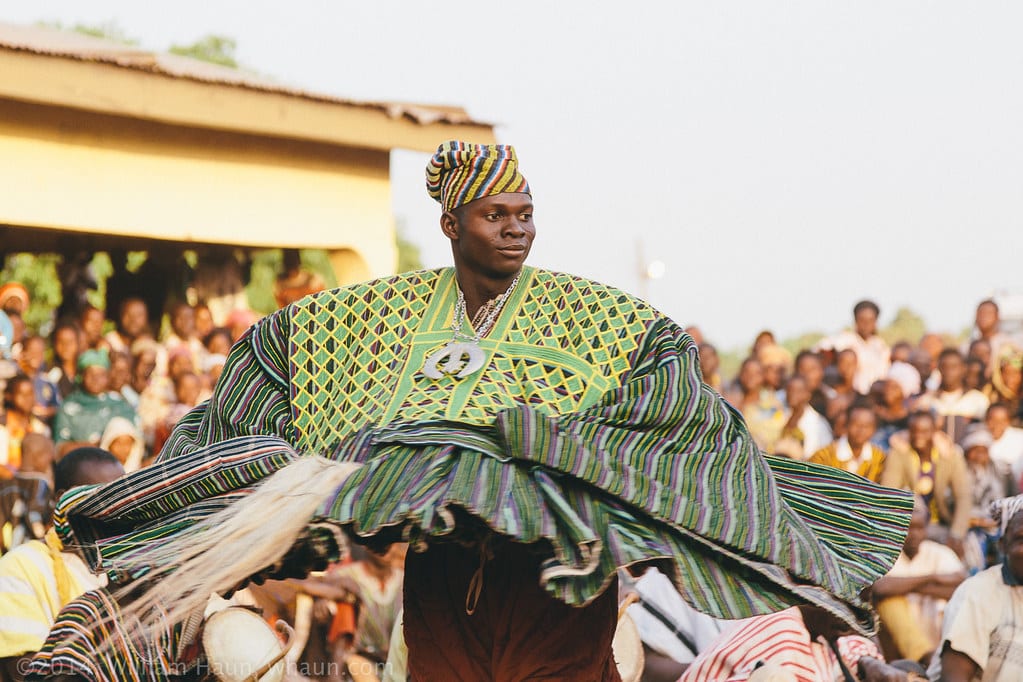The Dagomba People, also known as Dagbamba, are an ethnic group of the Gur people residing in northern Ghana. They have a population of over 3.1 million individuals. The term Dagbamba is used to encompass other descendants of Naa Gbewaa, including the Mamprusi and Nanumba. The Dagombas primarily inhabit the Northern Region of Ghana within the Guinea savanna region. They speak the Dagbani language, which belongs to the Mole-Dagbani sub-group of the Gur languages. There are more than 3 million native speakers of Dagbani.

The Dagomba people have historical ties to the Mossi people. The Mossi Kingdoms were established by Yennenga, a daughter of Naa Gbewaa, the founder of the Dagbon Kingdom. Presently, the Mossi people have their homeland in central Burkina Faso. Besides the Mossi, the Dagombas are also ancestral to the Bouna state in Ivory Coast and the Dagaaba states in the Upper West Region of Ghana. The Dagomba’s homeland is called Dagbon, covering an area of approximately 20,000 km2.
Naa Gbewaa is recognized as the founder of the Dagbon Kingdom. However, the Dagbon people existed before his arrival. Naa Gbewaa and his descendants centralized the kingdom, which was previously comprised of decentralized states led by Tindaamba. To this day, the Tindaamba preserve the ancient Dagbon traditions, acting as custodians of traditional religious practices and problem-solving for their communities. Most Tindaamba are chosen by an oracle rather than appointed by the Yaa Naa, although they remain subordinate to the Yaa Naa. The Dagomba have a complex system of royalty that has evolved over the centuries.

Dagomba culture is heavily influenced by Islam, introduced to the region by Soninke traders (known as Wangara) between the 12th and 15th centuries. Since the time of Naa Zangina, Islam has been the state religion, and its influence continues to grow. The reformist activities of Afa Anjura in the mid-20th century led to entire communities embracing the Islamic faith. Inheritance among the Dagomba people is primarily patrilineal, although certain Tindaamba inheritances are matrilineal.
Female rulers, such as the Gundo Naa and the Kpatu Naa, exist alongside male subordinates. Notable festivals in Dagbon culture include Damba, Bugum (fire festival), and the Islamic Eid festivals. Tamale, the capital of the Northern Region, is the largest settlement of the Dagomba people and the third most populous city in Ghana.
The Mossi and Dagomba states were prominent West African medieval empires. Starting in the 12th century, they eventually ruled over the entire northern Volta basin, encompassing present-day northern Ghana and Burkina Faso.

During their expansion, the Mossi reached as far as Maasina and Lake Débo (present-day Mali) around 1400, Benka in 1433, and Walata in 1477-83. Illiasu’s work “The Origins of the Mossi-Dagomba States” notes that their success was curtailed by the restoration of Imperial Songhai power in the late 15th century. Although both the Mossi and Dagomba states trace their lineage to Naa Gbewaa, the Dagomba are traditionally considered the “senior” lineage compared to the Mossi states of Ouagadougou, Yatenga, and Fada N’Gourma.
The king of the Dagbon Traditional Kingdom is the Ya-Na, with Yendi serving as the court and administrative capital. The Dagbon Kingdom traditionally has administrative responsibilities over groups like the Konkomba, Bimoba, Chekosi, Basaari, Chamba, Wala, Gurusi, and Zantasi. The seat of the Ya-Na, known as “King of Absolute Power,” consists of a collection of lion and cow skins. The political system of Dagbon is often referred to as the Yendi Skin. Additionally, the arrangement of houses within the Dagomba community follows a specific order, with the chief or elder’s hut located in the center.






































